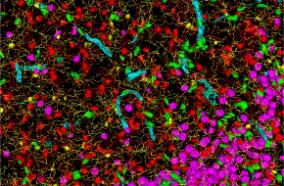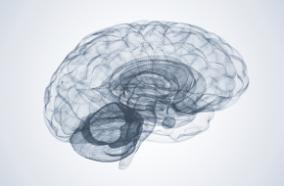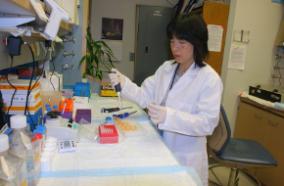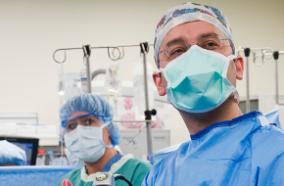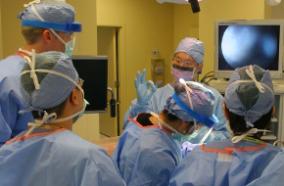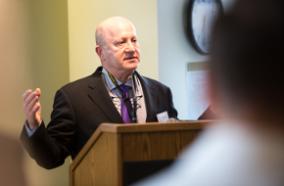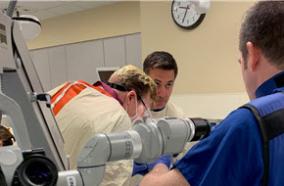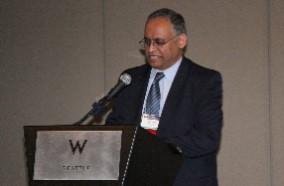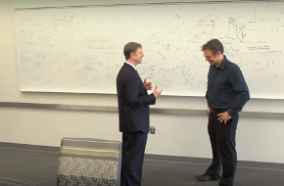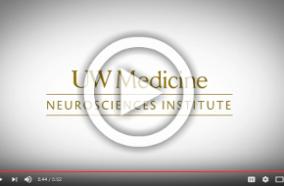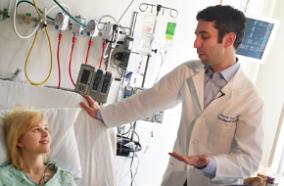4 years 6 months ago
Neuropsychiatric symptoms are common, comorbid, and often disabling for patients with traumatic brain injury (TBI). Identifying transdiagnostic symptom dimensions post-TBI may help overcome limitations of traditional psychiatric diagnoses and advance treatment development. We characterized the dimensional structure of neuropsychiatric symptoms at 2-weeks postinjury in n = 1,732 TBI patients and n = 238 orthopedic-injured trauma controls (OTC) from the Transforming Research and Clinical Knowledge...
Lindsay D Nelson
4 years 6 months ago
CONCLUSIONS: Retinal sensitivity was decreased at sites of RVO lesions. Decreased function at sites of retinal ischemia did not recover after treatment, even when reperfusion occurred.
Meiaad Khayat
4 years 6 months ago
Single-cell RNA sequencing has emerged as a powerful tool for resolving cellular states associated with normal and maligned developmental processes. Here, we used scRNA-seq to examine the cell cycle states of expanding human neural stem cells (hNSCs). From these data, we constructed a cell cycle classifier that identifies traditional cell cycle phases and a putative quiescent-like state in neuroepithelial-derived cell types during mammalian neurogenesis and in gliomas. The Neural G0 markers are...
Samantha A O'Connor
4 years 6 months ago
Nearly all mammals display robust daily rhythms of physiology and behavior. These approximately 24-h cycles, known as circadian rhythms, are driven by a master clock in the suprachiasmatic nucleus (SCN) of the hypothalamus and affect biological processes ranging from metabolism to immune function. Perhaps the most overt output of the circadian clock is the sleep-wake cycle, the integrity of which is critical for health and homeostasis of the organism. In this review, we summarize our current...
Raymond E A Sanchez
4 years 6 months ago
CONCLUSION: In our study, numerous patients were tested without compliance to standard recommendations, which created financial and value-based burdens on our health care system. Increased awareness among clinicians is thus warranted to ensure high value care.
Marjan Alidoost
4 years 6 months ago
Fragile X syndrome (FXS) is the most common cause of inherited intellectual disability. FXS is caused by functional loss of the Fragile X Protein (FXP), also known as Fragile X Mental Retardation Protein (FMRP). In humans and animal models, loss of FXP leads to sensory hypersensitivity, increased susceptibility to seizures and cortical hyperactivity. Several components of the GABAergic system, the major inhibitory system in the brain, are dysregulated in FXS, and thus modulation of GABAergic...
Tori L Schaefer
4 years 6 months ago
Intracranial stereotactic radiosurgery (SRS) is an effective and convenient treatment for many brain conditions. Data regarding safety come mostly from retrospective single institutional studies and a small number of prospective studies. Variations in target delineation, treatment delivery, imaging follow-up protocols and dose prescription limit the interpretation of this data. There has been much clinical focus on radiation necrosis (RN) in particular, as it is being increasingly recognized on...
Balamurugan A Vellayappan
4 years 6 months ago
N-Acetylgalactosamine (GalNAc) conjugated small interfering RNA (siRNA) are a leading RNA interference (RNAi) platform allowing targeted inhibition of disease-causing genes in hepatocytes. More than a decade of development has recently resulted in the first approvals for this class of drugs. While substantial effort has been made to improve nucleic acid modification patterns for better payload stability and efficacy, relatively little attention has been given to the GalNAc targeting ligand. In...
Richard James Holland
4 years 6 months ago
People are constantly exposed to phthalates, due to their common use in the production of plastics, pharmaceuticals, cosmetics and skin care products. The ability of phthalates to disrupt endocrine signaling, leading to developmental, reproductive and metabolic defects, has been studied, yet how phthalates interfere with these biological functions is still unclear. To uncover DBP interacting molecular pathways, we raised Drosophila melanogaster on food containing dibutyl phthalate (DBP) at...
Wen Liu
4 years 6 months ago
CONCLUSIONS: Moderate and severe obesity is associated with worse survival post ACS influenced by higher non-CVD mortality in moderate/severe obesity and higher CVD mortality in severe obesity.
Michael J A Williams
4 years 6 months ago
Long-chain acylcarnitines (LCACs) are known to directly alter cardiac contractility and electrophysiology. However, the acute effect of LCACs on human cardiac function is unknown. We aimed to determine the effect of LCAC 18:1, which has been associated with cardiovascular disease, on the contractility and arrhythmia susceptibility of human atrial myocardium. Additionally, we aimed to assess how LCAC 18:1 alters Ca^(2+) influx and spontaneous Ca^(2+) release in vitro. Human right atrial...
Hamish M Aitken-Buck
4 years 6 months ago
More than 320 million people live with depression in the world, a disorder that severely limits psychosocial functioning and diminishes quality of life. The prevalence of major depression is almost two times higher in women than in men. However, the molecular mechanisms of its sex-specific pathophysiology are still poorly understood. Drosophila melanogaster is an established model for neurobiological research of depression-like states, as well as for the study of molecular and genetic sex...
Thiago C Moulin
4 years 6 months ago
The high-fat, low-carbohydrate (ketogenic) diet has grown in popularity in the last decade as a weight loss tool. Research into the diet's effects on the body have revealed a variety of other health benefits. The use of exogenous ketone supplements to confer the benefits of the diet without strict adherence to it represents an exciting new area of focus. Synthetic ketogenic compounds are of particular interest that has received very little emphasis and is an untapped area of focus for chemical...
Michael Scott Williams
4 years 6 months ago
We evaluated the incidence of pseudoprogression and indeterminate response (IR) in patients with lymphoma treated with immune checkpoint inhibitors (ICIs). A systematic search of PubMed and EMBASE was performed up to 6 February 2021, using the keywords "lymphoma," "immunotherapy," and "pseudoprogression." Random-effects models were used to calculate both pooled incidence of pseudoprogression patients with lymphoma and an IR according to LYRIC criteria, while the Higgins inconsistency index (I2)...
Amy Junghyun Lee
4 years 6 months ago
The purpose of this randomized controlled trial (n = 268) at a Federally Qualified Health Center was to evaluate the outcomes of a care management intervention versus an attention control telephone intervention on changes in patient activation, depressive symptoms and self-rated health among a population of high-need, medically complex adults. Both groups had similar, statistically significant improvements in patient activation and self-rated health. Both groups had significant reductions in...
Cynthia F Corbett
4 years 6 months ago
CONCLUSIONS: Surgeon awareness of rhBMP-2 cost resulted in use of smaller rhBMP-2 doses, decreased rhBMP-2 cost per surgery, and decreased overall hospital admission charges, without a detectable increase in surgical complications.
Margaret McGrath
4 years 6 months ago
CONCLUSIONS: Cellular allograft is a low-morbidity bone allograft option for ACDF. In this study, the authors determined favorable arthrodesis rates and functional outcomes in a complex patient cohort following multilevel stand-alone ACDF supplemented with cellular allograft.
Alec W Gibson
4 years 6 months ago
CONCLUSIONS: Across all treatment groups, medication discontinuation was high, and in this sample of early adopters with limited follow-up time, we found no evidence that extended-release buprenorphine offered a retention advantage compared to other MOUD in real-world settings. Retention continues to represent a major obstacle to treatment effectiveness, and interventions are needed to address this challenge even as new MOUD formulations become available.
Jake R Morgan
4 years 6 months ago
CONCLUSIONS: There has been a significant rise in allegations of failure to biopsy and failure to refer (p < 0.05). In addition, while award amounts appear different between decades, the difference is not statistically significant (p = 0.248). Education should focus on early diagnosis, biopsy, and referral to physicians who routinely care for this patient population.
Amanda Wong
4 years 6 months ago
No abstract
Tatsuya Ozawa
"university of washington"[affiliation] and neurological surge...: Latest results from PubMed
More posts about UW Neurological Surgery Recent PubMed Publications





